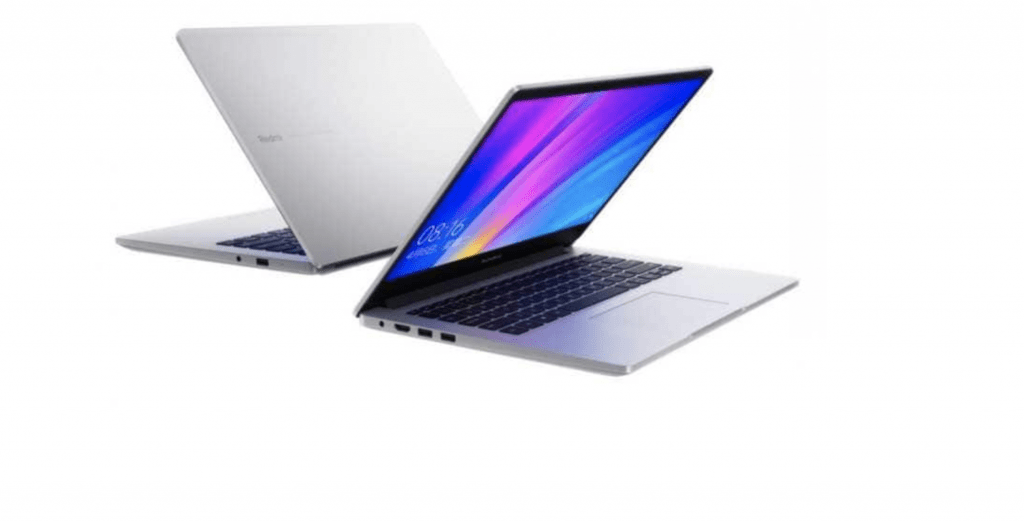Today, September 2nd, 2023, ISRO’s Aditya L1 was successfully launched from the Satish Dhawan Space Centre. ISRO’s Polar Satellite Launch Vehicle (PSLV) is used to launch Aditya-L1, the first space-based observatory class dedicated to solar research.
Aditya-L1, India’s first solar mission, is equipped with seven separate payloads for a comprehensive solar investigation; four of these will detect solar light, while the other three will measure plasma and magnetic field parameters on the ground. The organization estimates that the Aditya-L1 mission will arrive at the observing site in four months.
Live Coverage of the Aditya L1 Launch
The organization estimates that the Aditya-L1 mission will arrive at the observing site in about 126 days. However, ISRO has not yet confirmed a specific time or date.
#WATCH | Indian Space Research Organisation (ISRO) launches India's first solar mission, #AdityaL1 from Satish Dhawan Space Centre in Sriharikota, Andhra Pradesh.
Aditya L1 is carrying seven different payloads to have a detailed study of the Sun. pic.twitter.com/Eo5bzQi5SO
— ANI (@ANI) September 2, 2023
It will be positioned in a sun-synchronous halo orbit around Lagrangian Point 1 (L1), which is 1.5 million kilometers from Earth.
Corona Mystery: Why is the Sun’s Outer Atmosphere So Hot?
The corona, which is formed of tenuous and diffuse plasma, piques the curiosity of solar scientists due to its extreme temperature. That may seem like an obvious statement. After all, we’re discussing the solar atmosphere.
The corona is too hot, and that’s the problem. It’s considerably hotter than the sun’s surface. According to NASA, the corona can get as hot as 1.1 million degrees Celsius (or 2 million degrees Fahrenheit). Sun’s outer atmosphere is about 200 times hotter than its surface, which is roughly 10,000 degrees F (5,500 degrees C), located about 1,000 miles (1,600 km) below it in the photosphere.
During a solar eclipse, the moon completely blocks the sun’s light, revealing the intricate patterns of the corona, the sun’s outer atmosphere.
When the moon completely covers the sun, revealing only the corona (Image credit: ESO/P. Horálek), we have a total eclipse.
Imagine a somewhat less “out there” example in order to comprehend the perplexity of this situation. On a camping trip, you build a fire and toast marshmallows, observing that the treats brown more quickly when held at a greater distance from the flames. When you measure the temperature of the air near and distant from the fire, you find that the latter is significantly hotter. That’s analogous to the solar corona.
The nuclear fusion in the sun’s core is the primary source of its immense heat. Consequently, when one approaches the core of our star, temperatures should rise. And the sun’s layers actually fit this prediction, with the corona being the only major outlier; scientists are at a loss to explain this discrepancy.
Photons from the sun’s surface dominate and “wash out” those from the outer atmosphere, making it difficult to study the corona from Earth.
The corona can best be seen from Earth during a total solar eclipse, when the moon’s disk completely blocks the sun’s photosphere. A coronagraph is a device that solar scientists can attach to a telescope to create the same effect.
This instrument, known as the Visible Emission Line Coronagraph (VELC), will be on Aditya-L1. The Solar Ultraviolet Imaging Telescope (SUIT) onboard the ISRO probe will be used to capture ultraviolet photographs of the corona and photosphere.
Aditya-L1’s mission is broader than only delving into the riddle of coronal heating. The solar flares and coronal mass ejections (CMEs) that can have a significant impact on Earth will also be studied by the probe.
Aditya-L1: A Homegrown Mission to Study the Sun
All seven of Aditya-L1’s payloads were created right here in India. These instruments are designed to monitor certain regions of the Sun, such as the photosphere, chromosphere, and corona. Detectors of electromagnetic and subatomic particles will be used.
You can also read about the technology facts by clicking the links given below:
- Tesla Invests $2 Billion in Computing Power to Accelerate FSD Development
- Tesla Truck Release Date: Here is Everything You Need to Know About the Cybertruck
Aditya-L1 to Study Solar Phenomena
Aditya-L1’s collection of payloads is ready to deliver critical information for understanding a wide range of solar phenomena. Coronal heating, CMEs, pre- and post-flare activity, their peculiarities, and the dynamics of space weather are all examples of such puzzling events.
Aditya-L1 to Study Coronal Loops
Coronal loops, enormous plasma spheres formed when a magnetic field’s curving arc extends beyond the photosphere and directs plasma through it, are another phenomenon that Aditya-L1 will study.
The sun appears to be a gigantic, tangled ball of plasma yarn because of these loops that stretch out for thousands of kilometres.
Loops in the corona often start at a sunspot and end at another, suggesting a connection between the two. Researchers have yet to determine the coronal loops’ three-dimensional structure. New evidence reveals that some coronal loops are only 2D optical illusions since they don’t expand as much as they should at high altitudes.
Diagnostics of coronal loops and the plasma they are made of will be taken by Aditya-L1, including measurements of temperature, velocity, and density. The spacecraft will also investigate how coronal loops are guided by the sun’s magnetic field.
After India’s Chandrayaan-3 mission accomplished the first-ever soft landing near the south pole of the moon last week, the probe was launched shortly thereafter.
If you have the theimportantenews bookmarked on your browser, you will always have prompt access to all of the most recent news and other material.





